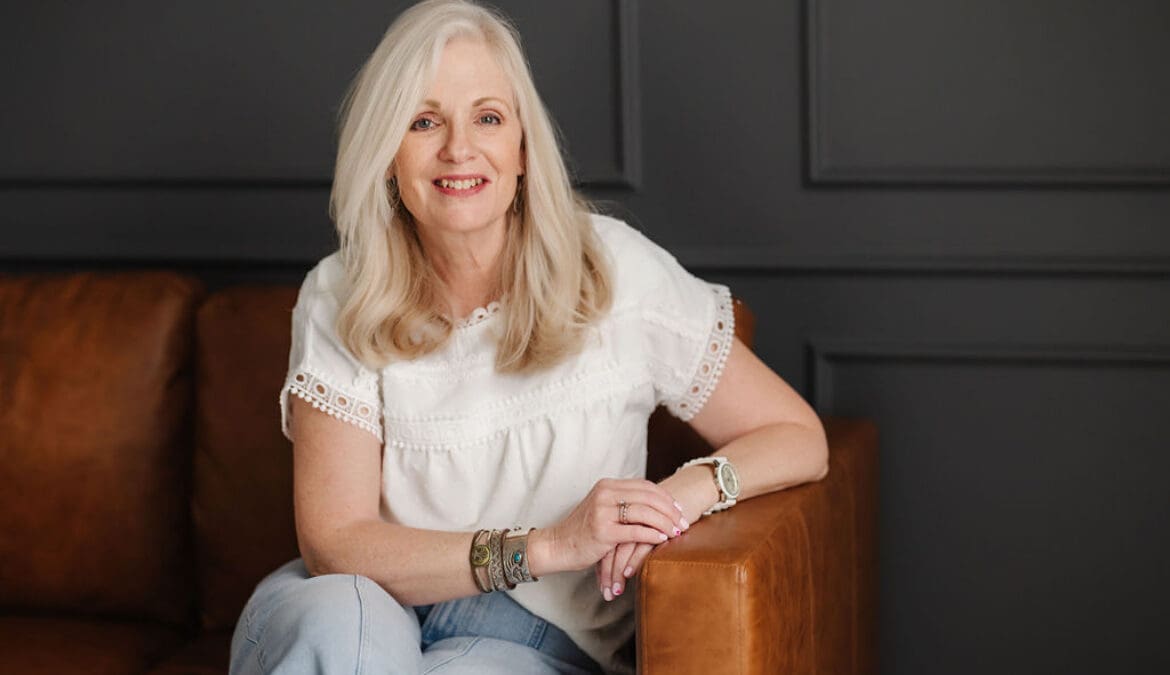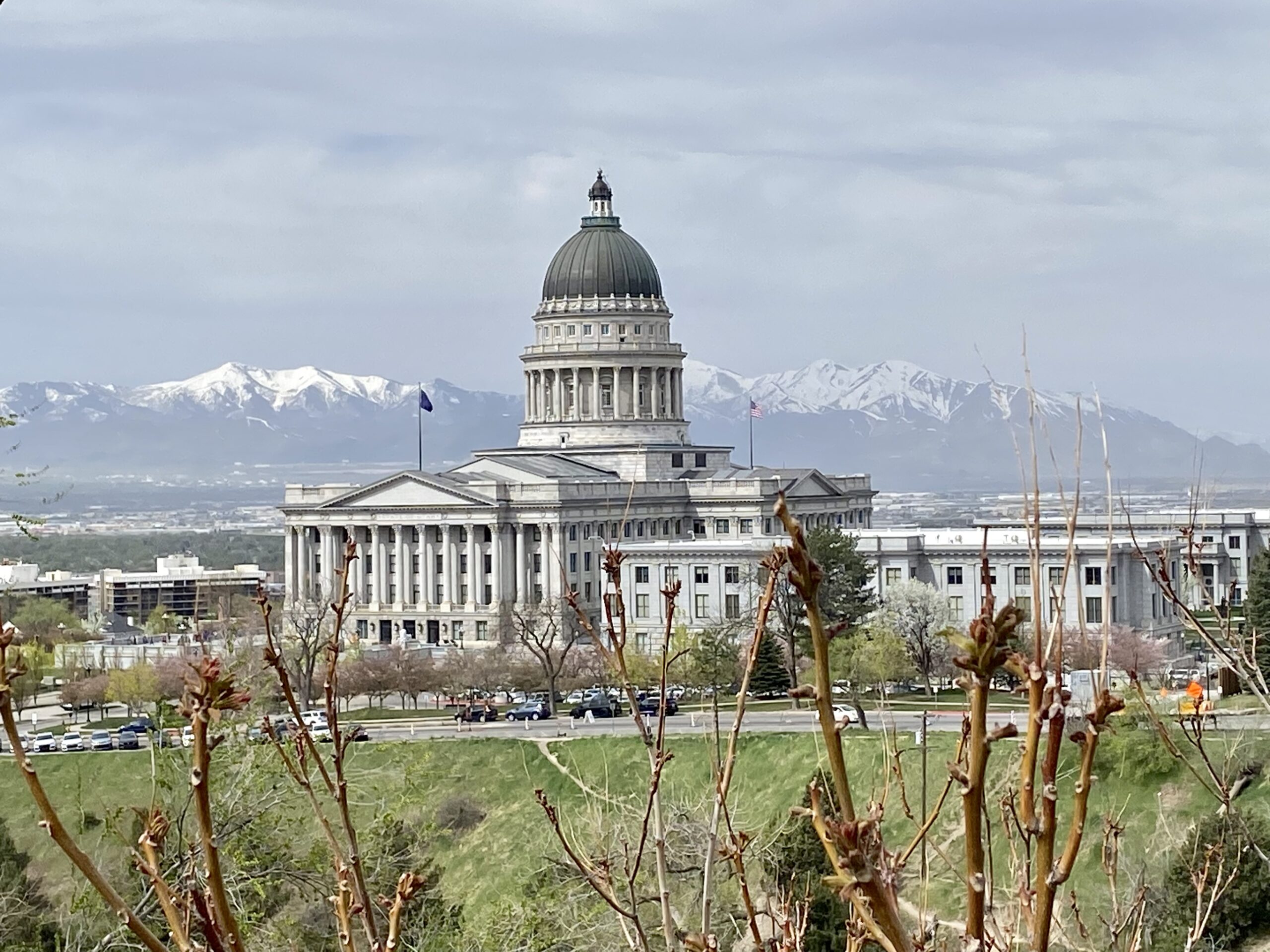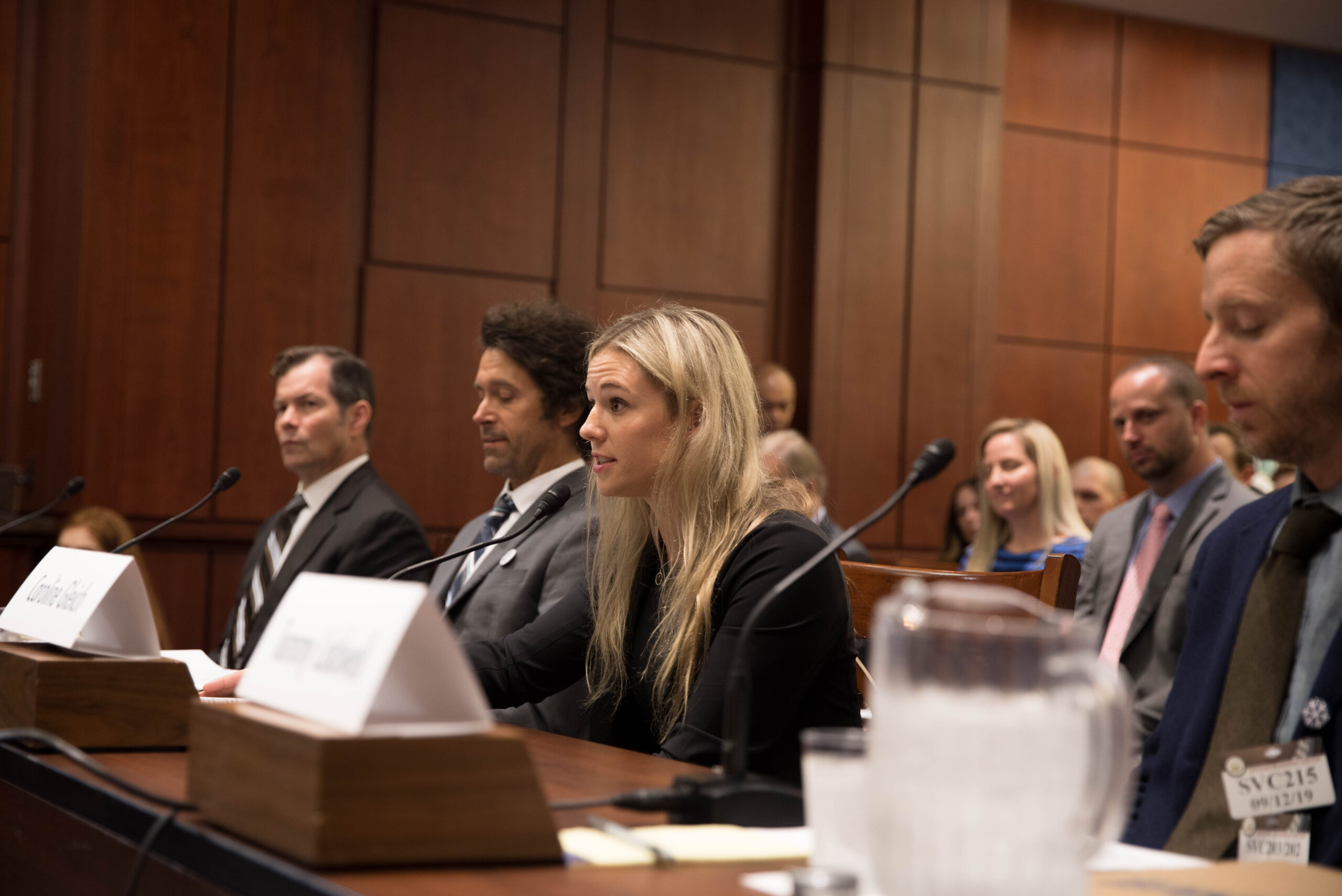Politics
Wasatch County Council candidate Colleen Bonner delves into her reasons for running

Wasatch County Council candidate Colleen Bonner Photo: Photo: Colleen Bonner
WASATCH COUNTY, Utah — In advance of the primary elections next week, Colleen Bonner, candidate for Wasatch County Council Seat B, recently spoke with TownLift about her campaign and priorities if elected.
Bonner is facing Nick Lopez in the primary election, and both candidates are running as Republicans. This means that next week’s primary election will essentially serve as the general election for the County Council’s B seat.
Throughout her career in public service, Bonner served 12 years on Midway’s City Council and 16 consecutive years as Mayor.
“I have the experience to bring to the Council some things that that worked well in Midway, as well as just a love of the valley,” Bonner said.
“I see things changing, and they’re changing fast, and I want to be a part of trying to get ahead of that change so that we can have a little more say in how our community actually grows and changes, and just work together with the citizens of the community to make a difference here.”
If elected to the County Council, Bonner will respect property rights, but hopes to implement requirements on new developments akin to Midway.
“We have to protect our property rights. People have rights on a property for years and have maintained it and taken care of it, so I think we have to be somewhat careful there, but we also have to recognize that these people who own these large pieces of land, that is their retirement,” Bonner said.
“Midway City has some good codes in place, and a lot of the time, when there’s a certain zone on a piece of land, people sell their land, and a developer can meet the requirements. There’s not legally a whole lot that we can do. We do require open space in many of our developments, and sometimes it comes in the form of land donated for a park, or sometimes it comes through the form of usable trails for the whole community.”
As Wasatch County continues to grow, Bonner would like to see the County and municipalities within Wasatch County work together to maintain its rural identity while also responsibly managing growth.
“What would be really awesome is if we could work together and create kind of an overall vision, and then encourage incorporated areas as they grow and manage to maintain an overall vision,” Bonner said.
“I think if the county has a really good plan and a good overall general vision of what they want the county to look like, they’ll help the zoning that’s in place right now and not allow Heber City to bleed out any further into the county or into these areas so that we can keep something that feels somewhat rural.”
In Bonner’s opinion, part of what has decreased Wasatch County’s rural feel has been the traffic flowing through Heber City and Wasatch County.
To maintain the rural identity, Bonner is in favor of the much-anticipated bypass road but would like to see more involvement from Wasatch County.
“What’s making this valley not seem as rural as it used to be is the way the traffic is flowing, and I just think that we have to get on board and do something, but the county needs to get into the driver’s seat,” Bonner said.
“So my thing is, does it have to be designed to just the UDOT highway standard of asphalt and concrete? Could the county come in and say that we want to keep this as close to the east or the west side of Heber’s boundary as possible? Can it be designed more as a parkway rather than necessarily like a big freeway? Does it need to be a high-speed road, or does it just need to be a road?”
Regardless of the route that UDOT ultimately recommends, Bonner would like to see speed limits increased to get the traffic through Wasatch County as quickly as possible.
Moving on to affordable housing, Bonner recommends that the County learn from previous mistakes.
“Looking back, I think we have to learn from our mistakes and try not to repeat them again. A lot of development that’s happened and in the last 10-15 years, you either provided affordable housing within your development or we allowed the developers to pay into a fund for affordable housing.”
“As things changed and grew, there was never enough money to compensate. So I think we’ve got to relook at what what does affordable housing look like? How do we mix it in among all of our growth so that it’s not just one area that we say, everybody you live in this area? I don’t think that’s a healthy way to grow a community.”
“I think we need to blend together and intersperse that growth. So, what it looks like and how we do it, I’m not really sure. But it’s something that I think that if we put our heads together, we could figure something out.”




















